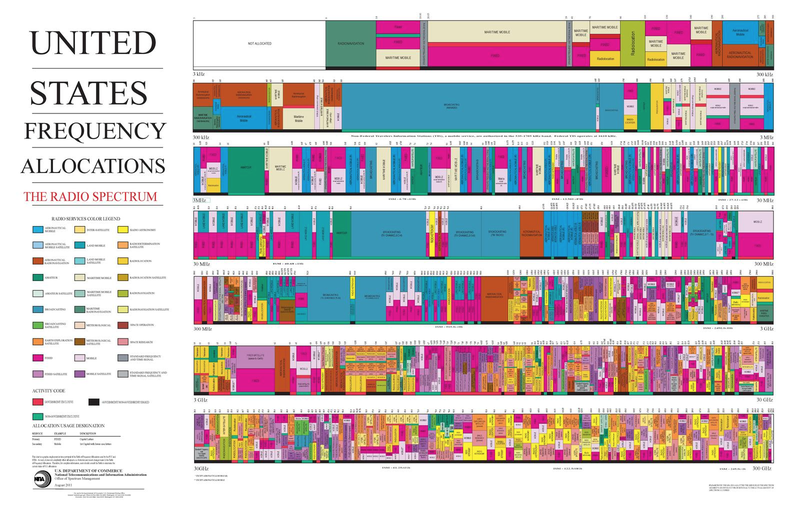DARPA Wants to Give Radio Waves AI to Stretch Bandwidth
Source: Jamie Condliffe
 The radio spectrum is a mess: It’s congested, expensive, and there’s no room for expansion. But DARPA has a plan to change that, by building a system where radio waves can work together using artificial intelligence, rathe than fighting for space.
The radio spectrum is a mess: It’s congested, expensive, and there’s no room for expansion. But DARPA has a plan to change that, by building a system where radio waves can work together using artificial intelligence, rathe than fighting for space.
DARPA launched its latest Grand Challenge last week, and it plans to encourage researchers around the world to develop “smart systems that collaboratively, rather than competitively, adapt in real time to today’s fast-changing, congested spectrum environment... to maximize the flow of radio frequency.” That sounds exciting, because making radio frequency flow more easily means—theoretically, at least—faster data rates, fewer dropped signals, and cheaper connections.
How does DARPA plan to do it? Mainly by removing the human from the equation. That might not be too bad an idea, given the frequency allocation chart actually looks something like this (or at least, it did in 2011):

United States Spectrum Allocation Chart, 2011
Instead, DARPA wants researchers to allow the waves themselves to work out how they should fit into the spectrum. It explains:
The primary goal... is to imbue radios with advanced machine-learning capabilities so they can collectively develop strategies that optimize use of the wireless spectrum in ways not possible with today’s intrinsically inefficient approach of pre-allocating exclusive access to designated frequencies. The challenge is expected to both take advantage of recent significant progress in the fields of artificial intelligence and machine learning.
In other words, the new approach would see waves themselves working out what needs to be sent—when, where, and how. So, for instance, safety critical packets of data may receive priority passage across the network, while other signals might barter between each other depending on their relative priorities and importance to agree optimal sharing of the networks.
Taken out of human hands, the signals can be made to act rationally—which means these situations could actually be made to play out optimally, for the network as a whole, if not for each individual user. Researchers from the University of Oxford, for instance, has already shown in a project called ALADDIN that such machine-t0-machine resource allocation like this can theoretically speed up the average arrival time of emergency services across a city.
How this all works in practice, though, is to be decided by the thousands of engineers who will work on projects connected to the DARPA challenge. But the results may be pretty damn exciting.
| }
|